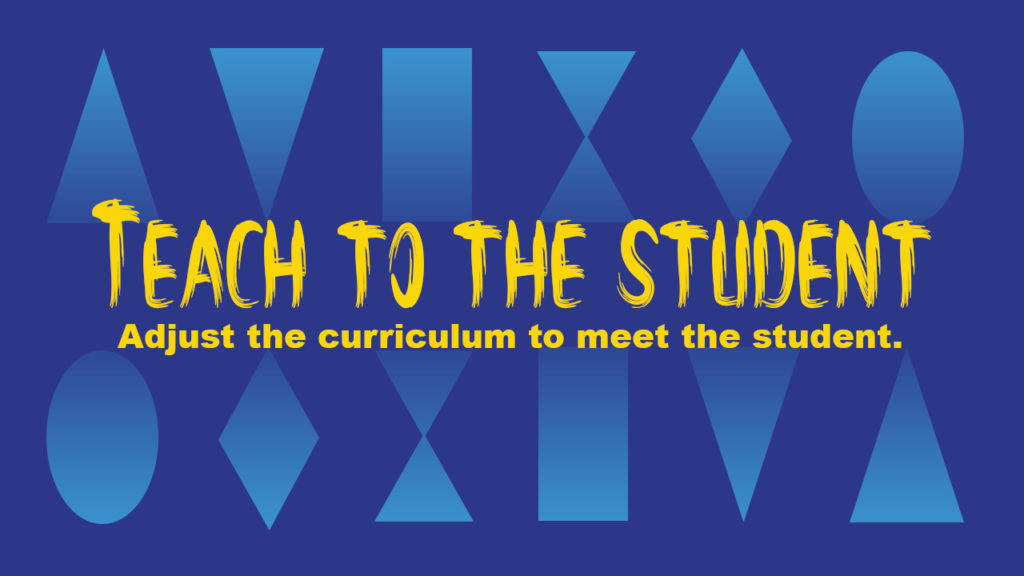
When designing curriculum it’s important to keep one question in mind:
What would you like students to get out of your classes?
Is your goal for your students to perform? To improve body awareness and mobility? Or, maybe, are your student’s at the cutting edge of difficulty? Depending on your answer, your curriculum MIGHT need to look different,
That’s not to say these goals are mutually exclusive, but keeping your top goal in mind will help you start the process of designing a curriculum to help all bodies towards it.
So, we want to make sure our students have a great time and start setting a strong foundation for a smart aerial practice that starts right from Day 1.
Even though our goals may seem simple or purely recreational, many of our students progress to an advance level and some have moved on to world class professional programs.
Safety orientation covers three important topics: rigging safety, awareness of surroundings to keep other aerialists safe, and anatomical safety for your own body. Right away, students are taught that safety is important and we take it very seriously!
Before every class, we ask students if they have anything going on at that moment that we should know about. We ask them “Any aches, pains, bumps, bruises we should know about?” Our students know anything from paper cuts on the fingers, bruises from last class, or headaches from work are worthy of mentioning. Our teachers will also let their students know if they have anything going on too.
Warm-ups are designed to empower students because aspects of our classes are built into the warm up and when students get to the skills in class the actions will be familiar. We also weave those familiar bits into aerial terminology and theory to get students thinking like an aerialist without even realizing it.
New students learn how to grip the apparatus, how to engage their shoulders, and how it feels to have your support above you instead of below. Each new move we teach builds off the previous, and we empower students to stop adding on at any time.
Some methods present a challenging move first and then give smaller steps if someone can’t do it. We take the opposite approach with our brand new beginners. We introduce one easy step of a skill, and make that its own thing to achieve. If it goes well, we’ll add onto it.
of how we break a skill down into little sections for new students, making each little section a goal to achieve all on its own. Then everyone has success no matter how far down the road of this skill they travel!
For example, if someone had trouble engaging their abs in the ground warm-up, then we’ll know to set their fabric knot lower to make getting into a back straddle easier.
Here’s an example of how we might simply and quickly add a challenge to a basic back straddle, if we have a stronger student in class.
In fact, our curriculum is constantly developing based on what we learn from our unique students. This is part of the reason we’re constantly adding new material to our video library. We’re always looking to empower our students (and you) to reach their goals.
For free online courses every month join the free membership.
For access to our full library of hundreds of aerial lessons, any time, join one of the paid memberships.
